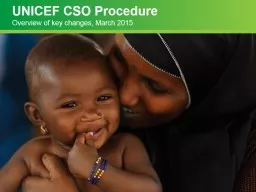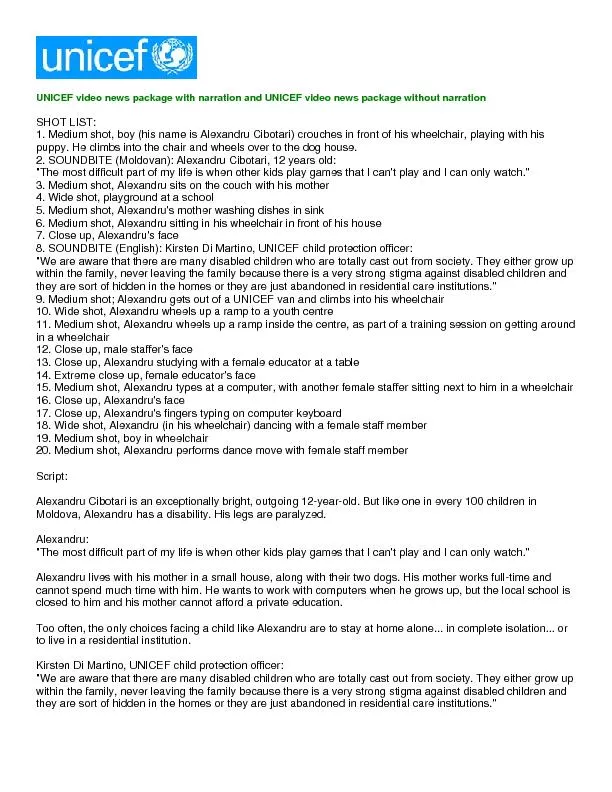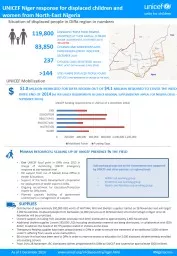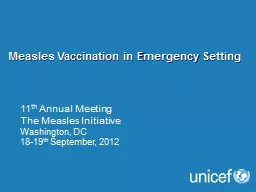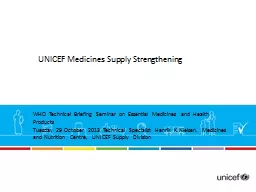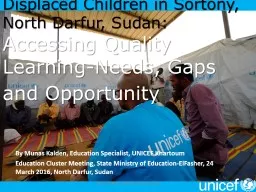PDF-UNICEF POLICY BRIEF
Author : anderson | Published Date : 2022-08-16
MITIGATING ARSENIC IN DRINKING WATER 1 UNICEF supports countries in providing safe drinking water for children as a fundamental right stipulated by Article 24 of
Presentation Embed Code
Download Presentation
Download Presentation The PPT/PDF document "UNICEF POLICY BRIEF" is the property of its rightful owner. Permission is granted to download and print the materials on this website for personal, non-commercial use only, and to display it on your personal computer provided you do not modify the materials and that you retain all copyright notices contained in the materials. By downloading content from our website, you accept the terms of this agreement.
UNICEF POLICY BRIEF: Transcript
Download Rules Of Document
"UNICEF POLICY BRIEF"The content belongs to its owner. You may download and print it for personal use, without modification, and keep all copyright notices. By downloading, you agree to these terms.
Related Documents




